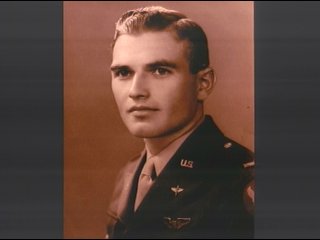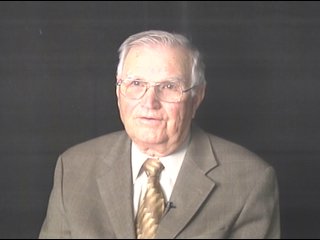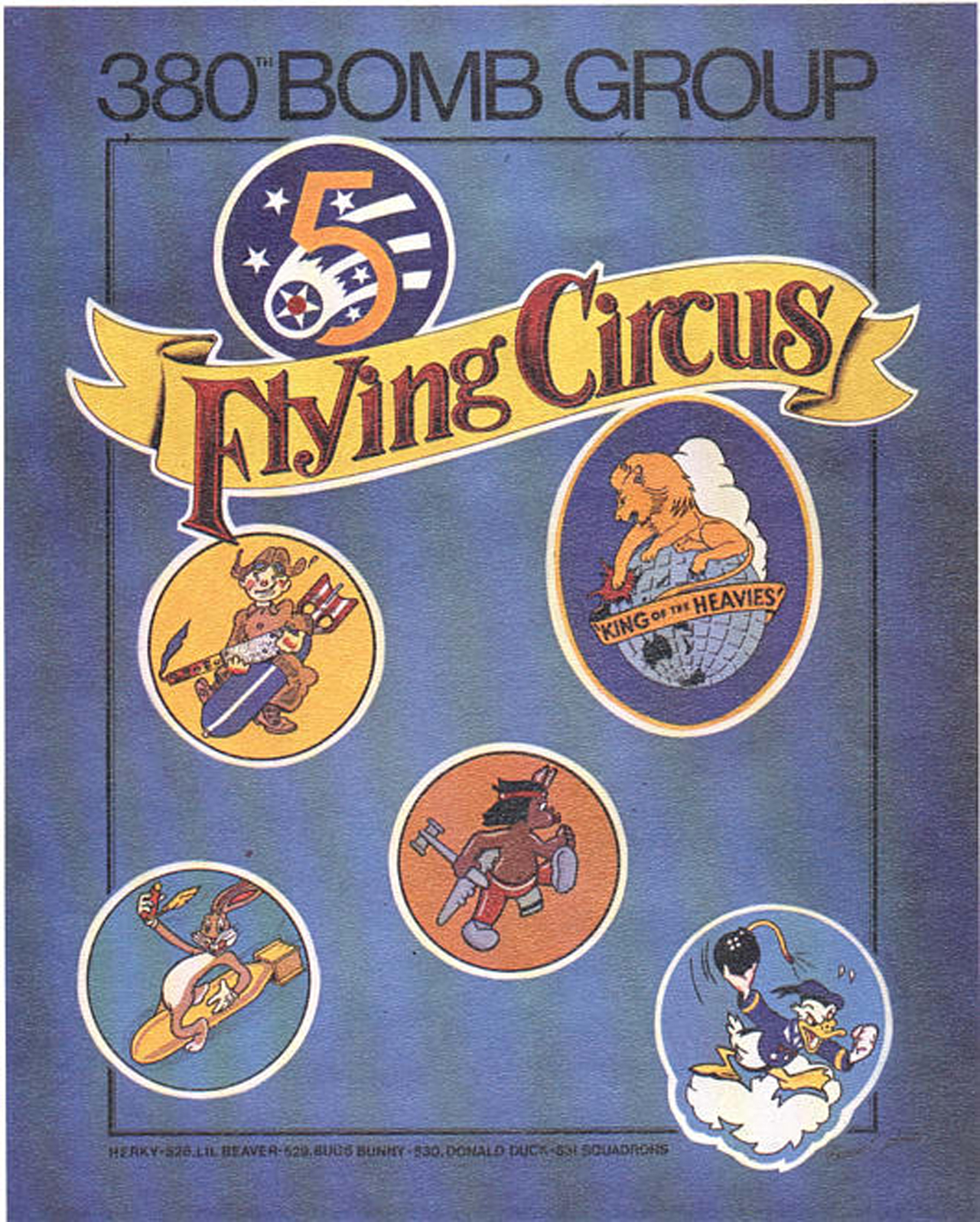|
380th Bomb
Group Association Newsletter #54 - Autumn 2013 |

|
Veteran's History Project: Edwards Henry
By Jennifer Martin, WLBT, Jackson MS
Edwards Henry grew up in Pontotoc County. He was working at a grocery store in Canton when he decided to join the military.
"In July of '42, they came out with a program called CPT, which was civilian pilot training. The purpose of it was to train civilian pilots to deliver planes from the different manufacturers to the service. And I was able to make it into CPT.
From there though, instead of sending me on to the next step to deliver the airplane, they put me in training as a glider pilot," said Henry.
He went on to train as an air force cadet.
"I was preparing myself to go to war... when we were finally sent to Australia.
When we lined up, and got ready for take off... Of course my job was to get cleared from the tower... and the tower man said '190, you are cleared for take-off. Goodbye and good luck.' And if I could cut off the engine then... I realized where I was headed. So I think I became a man that night.
Well, I thought the more engines I had, the better chance I had of coming home. So I was assigned to B24's," said Henry.
Many of their missions were designed to disrupt the shipping of Japanese supplies.
"We flew usually with 100 pound bombs. And we'd usually take 10-12 bombs with us.
We shot down some fighters on some of our missions," he said.
He remembers one exchange with the Japanese - when he was sure he was done for.
"The Japanese gunners had attacked us and of course.. When our top turret gunner opened up, the fighter was coming in and he was shooting. And the plane would shake when those guns would open up. And something hit me on the head. And I was looking at that fighter coming in and I just knew I had been hit," said Henry.
It turned out to be a light bulb, knocked loose by the shaking from the guns.
"And that light came loose and we finally found it on the floor. But I knew I'd been shot. I knew it," said Henry.
The Japanese occupied the islands off the northern Australian coast. It wasn't until later the 380th bomber group would lend air support to soldiers on the ground.
"The soldiers, we never did give them support until we moved to the Philippines," said Henry.
It was just when Henry and his men were headed to the Philippines, he experienced his most frightening moment in the air. His commanding officer was flying the plane.
"We took off and after we had been up about an hour or two, I could see a cloud in front of us. It looked pretty bad when I first saw it, but the closer we got the worse it looked. It was some kind of a storm. We hadn't been in it very long until the leading edge of our wing had St. Elmo's Fire at least that wide all the way across the wing on both sides. The tip of the propellers all had St. Elmo's Fire. The further we went in, the worse it got. I've never been in anything like that. It was the scariest flight that I made," said Henry.
In all, Henry flew 42 combat missions. After he had enough points, he returned home. One week after he left the service, he married his sweetheart. The allies dropped the atomic bomb while he was on his honeymoon.
Copyright 2010 WLBT. All rights reserved. This material used with permission of Jennifer Martin and WLBT. http://www.msnewsnow.com/story/12223628/veterans-history-project-edwards-henry?redirected=true
 |
 |
Mr. Henry's son, Ed Henry, provided the link to this story. His wife, Evelyn, passed away 11/21/13, but he is doing well.
Return to Newsletter #54 Topics page
Last updated: 31 March 2014

